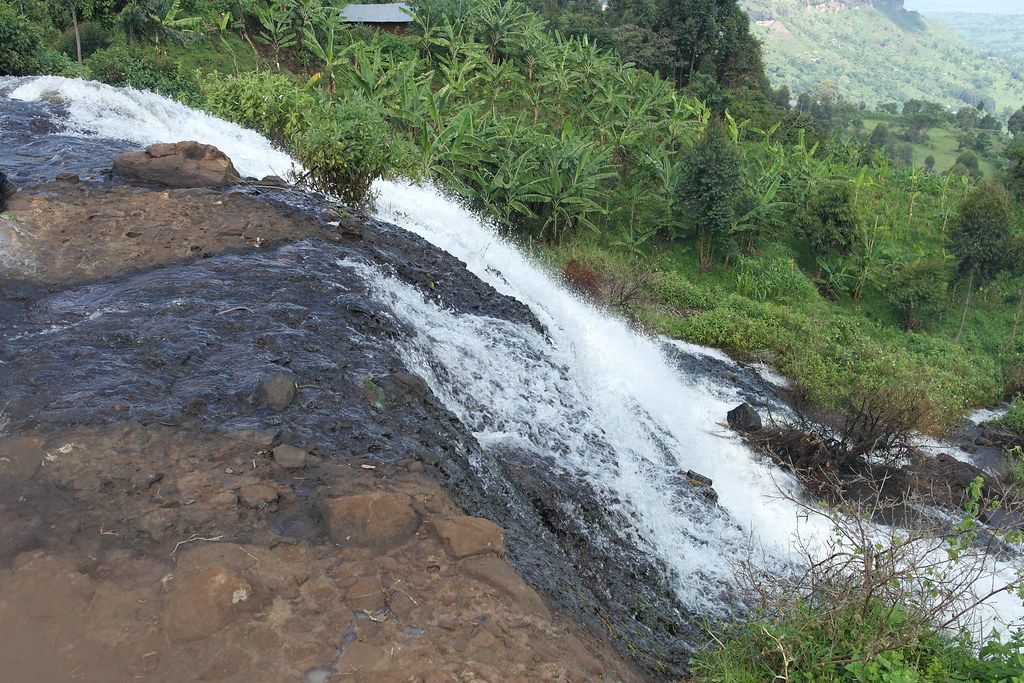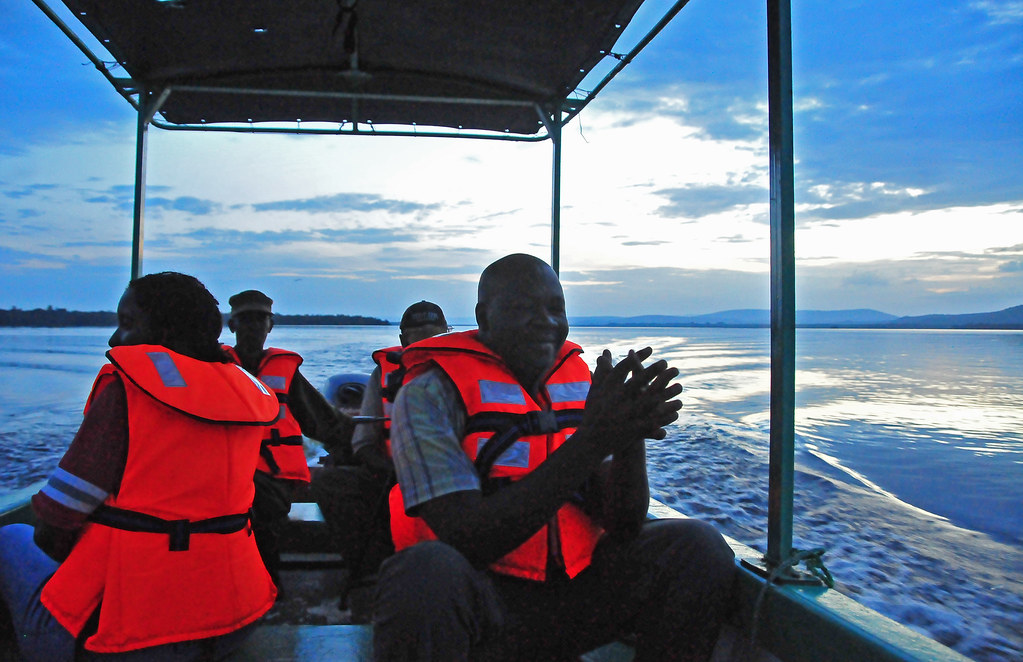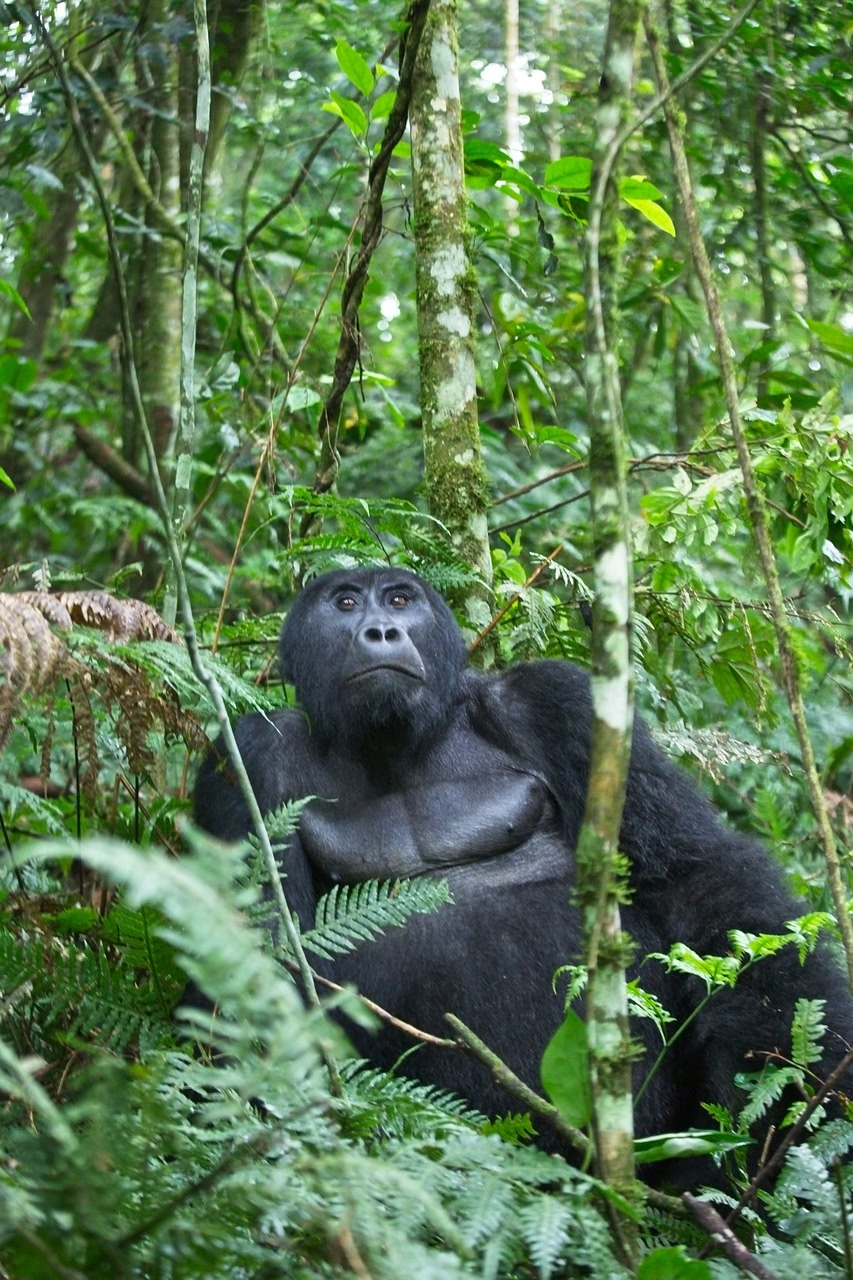
The 5 Major Movement Mechanisms of Gorillas in Rwanda
The 5 Major Movement Mechanisms of Gorillas in Rwanda
In the deep emerald jungles of Rwanda, a world of raw beauty and unfiltered wilderness unfolds, where mist shrouds ancient volcanoes and the forest floor pulses with life. Here, in the heart of Volcanoes National Park, you will find one of the most intimate wildlife experiences on Earth encountering mountain gorillas in their natural habitat. But beyond their powerful presence and expressive eyes lies something equally mesmerizing: the way they move. Understanding how these majestic creatures navigate the dense vegetation offers a deeper appreciation of their strength, intelligence, and connection to the wild world they inhabit.
Understanding Gorilla Movement in the Wild
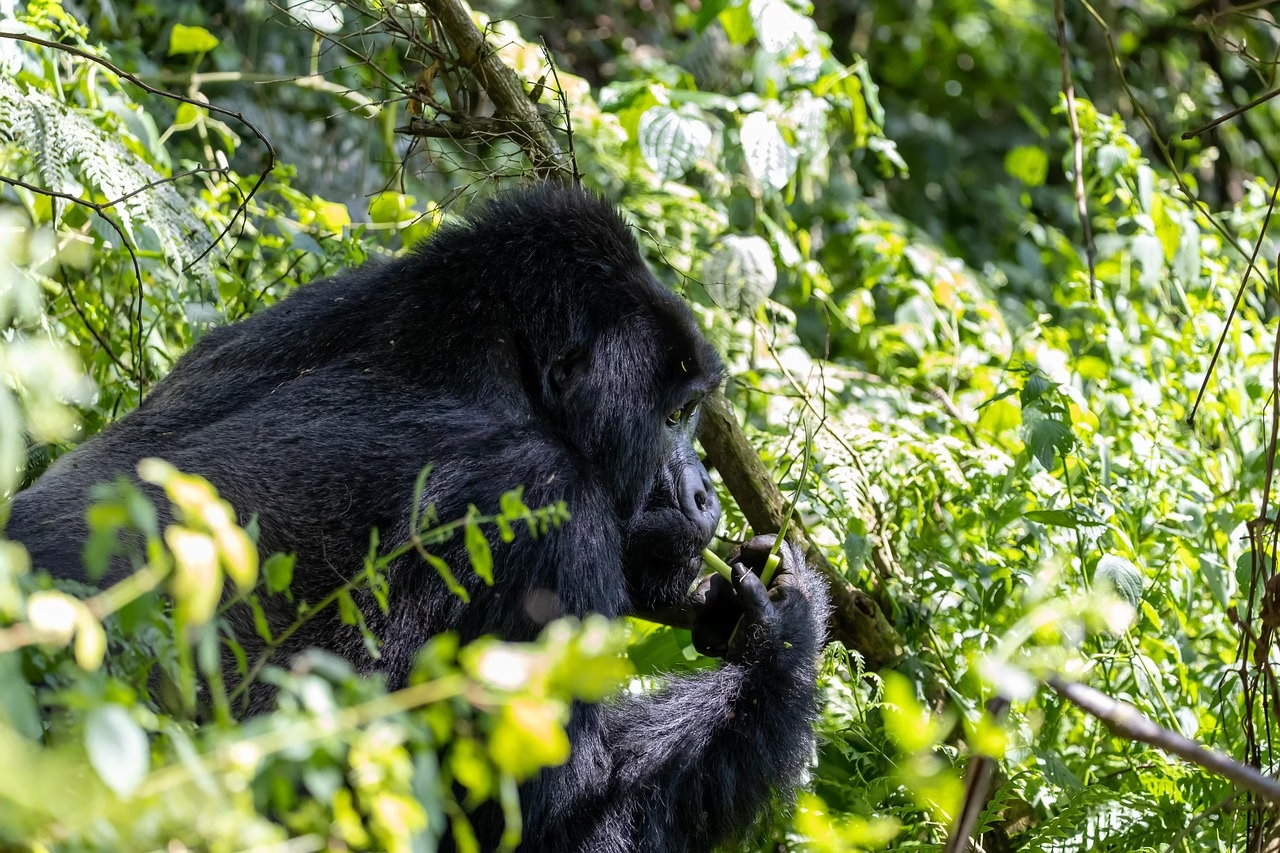
Gorillas, particularly the mountain gorillas of Rwanda, have evolved remarkable ways of moving through their high-altitude rainforest homes. Their movement is not just about locomotion but also about survival, family connection, communication, and adaptation to their environment. The steep slopes, thick vegetation, and ever-changing terrain have shaped how these gentle giants move, both individually and as a group. Below are the five major movement mechanisms that define how gorillas travel in the wild, as observed in Volcanoes National Park.
1. Knuckle-Walking: The Primary Mode of Locomotion
The most common way adult gorillas move is by knuckle-walking. Unlike humans who walk upright or monkeys that use the entire palm, gorillas support their weight on the knuckles of their hands while walking on all fours. This method is highly efficient and helps distribute their body weight, especially on rugged terrain. Knuckle-walking allows them to move steadily while keeping their hands free to forage, carry young ones, or climb when needed.
You can see this in action when tracking gorillas in Rwanda, especially in open spaces within the forest. Males, particularly silverbacks, often lead the way with measured, powerful steps, while the rest of the group follows.
2. Vertical Climbing: Scaling Trees and Vine
Though gorillas are primarily terrestrial, they are surprisingly skilled at climbing. Vertical climbing is more common among younger gorillas and mothers carrying infants. They use strong arms to grasp vines and tree trunks, pulling themselves upward when foraging for fruit or building night nests. Trees may not be the towering giants seen in lowland rainforests, but they are tall and sturdy enough to support a gorilla’s weight.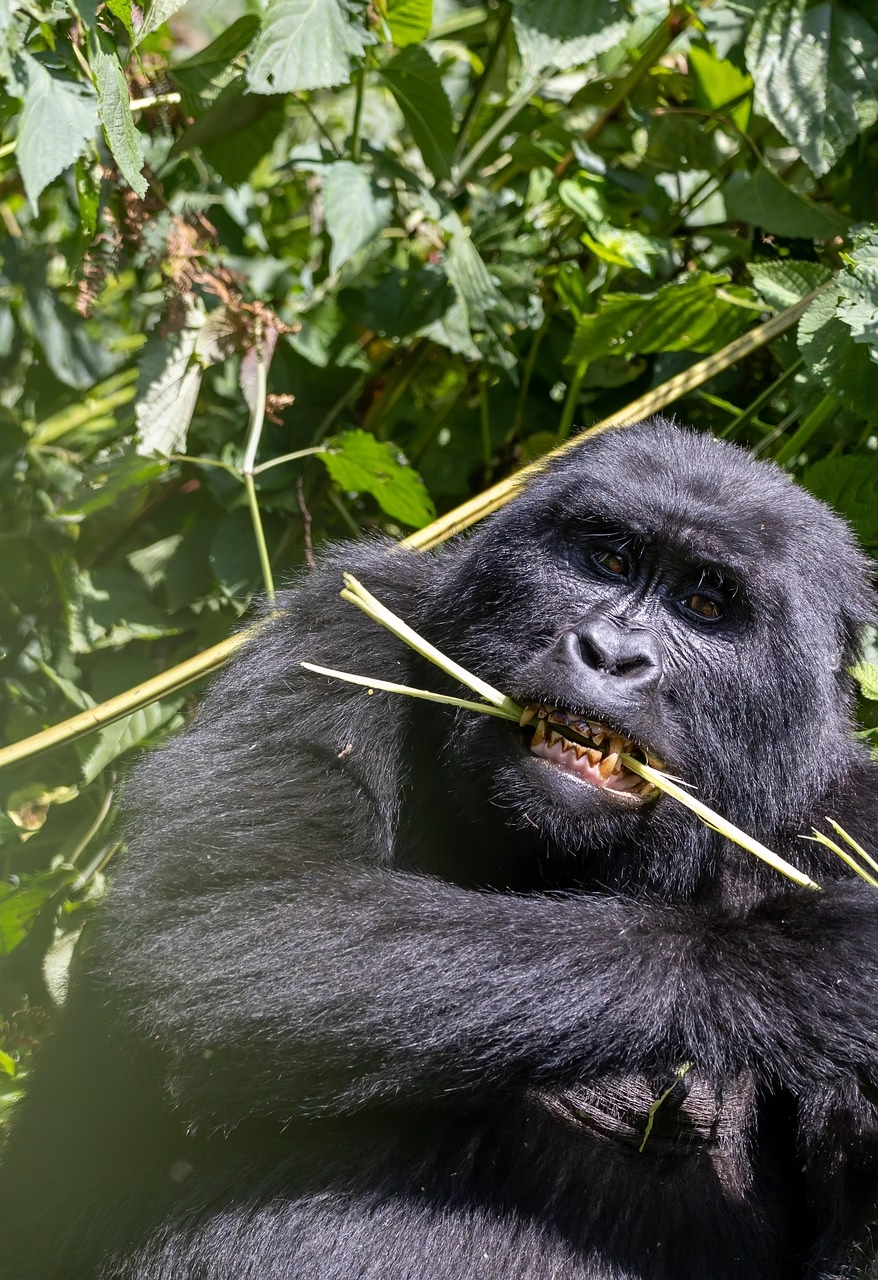
This movement is especially noticeable during the dry season when food becomes scarcer on the forest floor and more foliage is available higher up. Observing a juvenile gorilla scale a tree with ease, tumbling and playing among branches, is one of the most heartwarming sights on a trek.
3. Quadrupedal Scrambling: Navigating Uneven Terrain
The Rwandan highlands are not easy to navigate. The forest is full of slippery slopes, volcanic rocks, and thick underbrush. To move through such challenging environments, gorillas rely on quadrupedal scrambling a combination of knuckle-walking, crawling, and quick adjustments that involve using all four limbs to maneuver around obstacles.
This movement is essential when gorillas need to shift feeding sites or escape sudden threats. It’s especially visible when they climb steep slopes, using their strong arms and legs to push or pull themselves up, showcasing their immense physical power.
4. Bipedal Movement: Short Upright Walks
Though rare, bipedal movement—walking upright on two legs does occur, especially when a gorilla needs to carry something with its hands or assert dominance. Silverbacks have been observed standing upright during displays of power, while mothers occasionally walk short distances on two legs when carrying food or when an infant is clinging tightly.
This movement often fascinates visitors as it brings the gorilla closer to human-like behavior, offering an intimate glimpse into the evolutionary links we share.
5. Infant Clinging and Riding: A Mother’s Movement Mechanism
Infant gorillas don’t move independently during their early months. Instead, their primary movement mechanism is clinging to their mothers. They start by clutching their mother’s belly and, as they grow stronger, they ride on her back. This allows the troop to move efficiently without leaving anyone behind.
Watching a mother gorilla move gracefully through the forest with a baby hanging onto her back is a touching reminder of the care and unity that defines gorilla families. As infants grow, they begin to imitate older members, crawling and climbing in short bursts before returning to the safety of their mothers.
Locomotion in Infant Gorillas: Play, Learning, and Growth
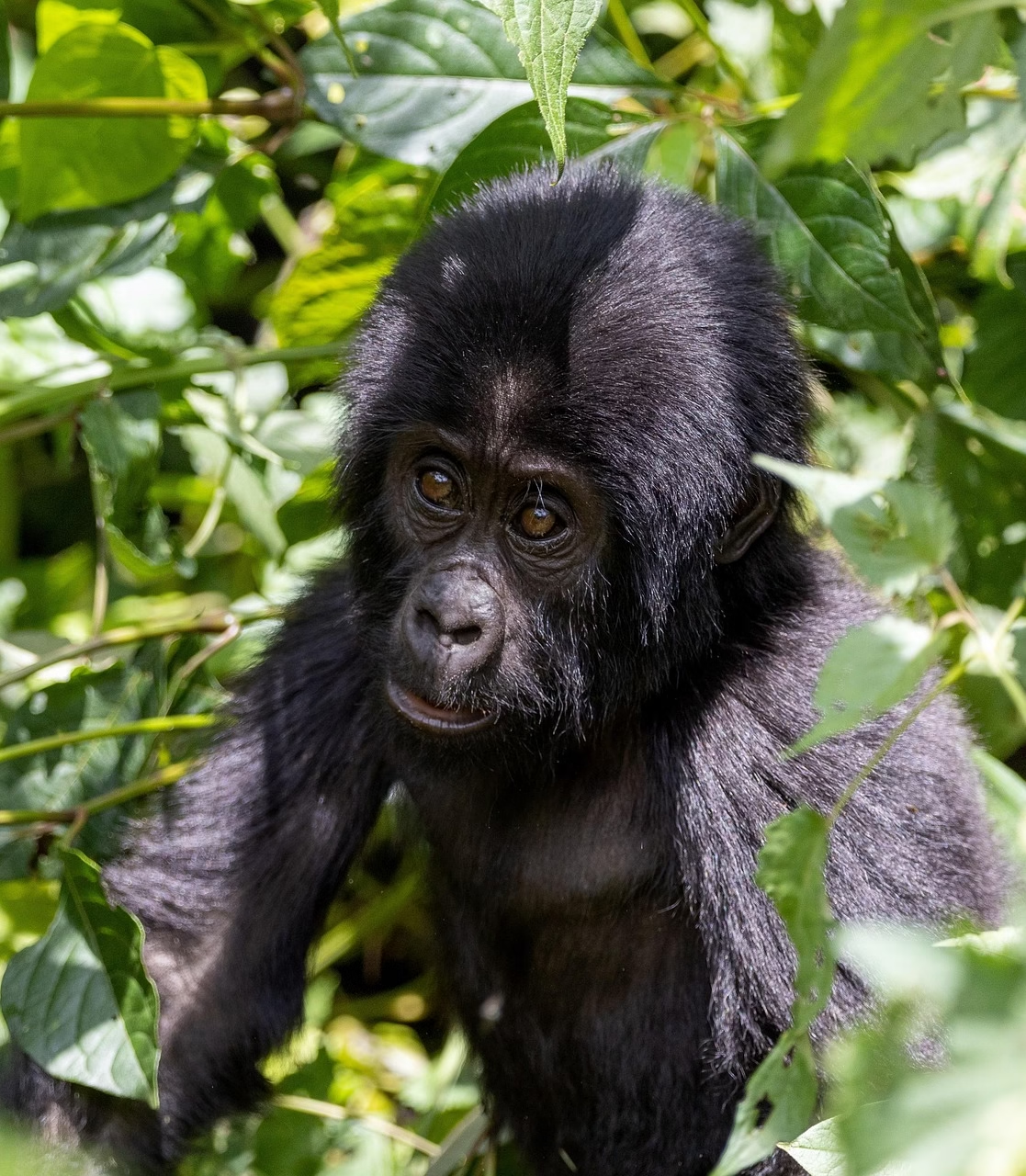
Movement in infant gorillas is closely tied to development and learning. By six months, gorilla infants begin to explore independently for short periods. Their movements are more playful rolling, tumbling, and mock wrestling with siblings or peers. These activities are not just fun but essential for building coordination and strength. Watching them move is a joyful experience and a clear reminder that, like human children, they learn through play.
As they mature, their movements become more refined. They begin to climb more frequently, follow their mothers during travel, and learn the group’s routes through observation. These early lessons shape their survival skills for the future.
Where to Find Mountain Gorillas in Rwanda
If you dream of witnessing these movement mechanisms firsthand, Volcanoes National Park in northwestern Rwanda is your destination. The park is home to several habituated gorilla families that can be visited on daily guided treks. The terrain is mountainous, covered in bamboo forests and dense vegetation, providing the perfect natural backdrop to observe gorillas in motion.
Each trekking group is limited to a maximum of eight people, and visitors are assigned to a gorilla family based on fitness levels and hiking preferences. Your experience is not just a hike but a deep journey into the world of gorillas how they live, move, and relate.
Best Time to Visit Mountain Gorillas in Rwanda
Rwanda offers year-round gorilla trekking, but the best times to visit are during the two dry seasons: from mid-December to early March and from June to September. During these months, the trails are more manageable, and visibility in the forest is better, offering clearer views of the gorillas and their behaviors.
However, the rainy season has its own charm. The forest is greener, and the mist adds a mystical touch to the experience. Treks might be muddier, but the sightings are often more intimate as gorillas may stay closer to the lower slopes.
A Final Word: The Heartbeat of the Forest
There’s something deeply humbling about watching a family of mountain gorillas move through the Rwandan forest. Each motion be it a powerful knuckle-walk or the tentative steps of an infant is a reflection of nature’s wisdom and resilience. These gorillas are not just wildlife; they are caretakers of a fragile ecosystem and symbols of hope for conservation. Every footstep echoes the rhythm of the forest, a silent song that reminds us of how connected we truly are.
If you’ve ever dreamed of a journey that touches both the wild and the soul, let the movement of Rwanda’s mountain gorillas guide you. It’s more than a trek. It’s a transformative encounter that stays with you long after you’ve left the forest behind.

